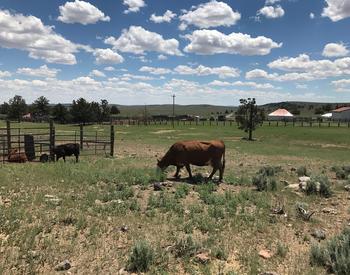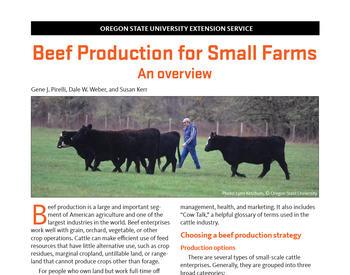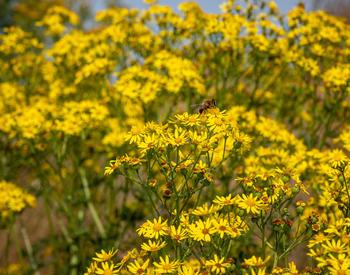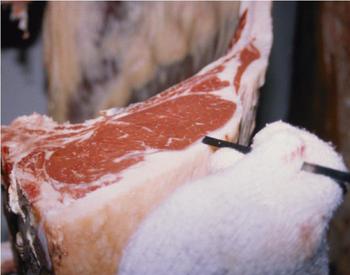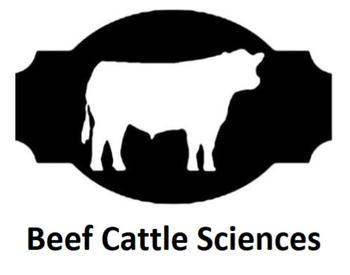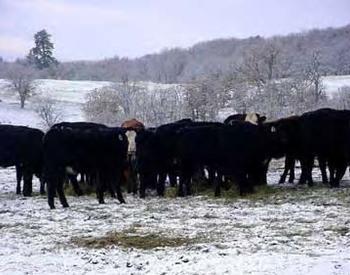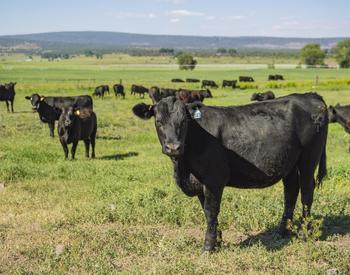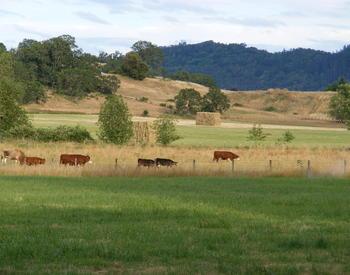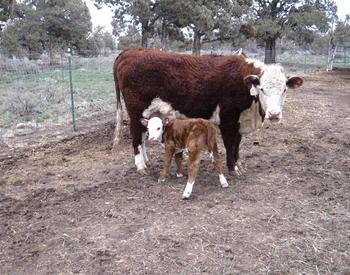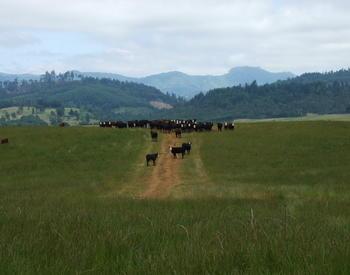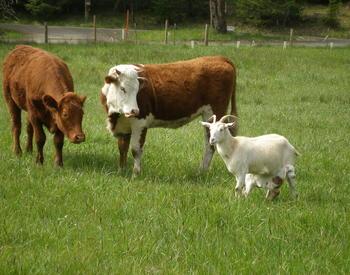When winter and spring calving times are just around the corner, it helps to gather information on preparing for calving. Part of the information was taken from the OSU Calving Handbook.
Support team and proper facilities
It is always best to work with a veterinarian and other people with experience calving out cows. Make sure you have an established working relationship with your support team prior to needing “midnight” help.
Another must is proper calving facilities. A viable example, outlined in Figure 1, is a simple headcatch for the calving barn and a good calving area floor plan. A regular squeeze chute can be disastrous if a laboring cow goes down in it.
Pre-calving checklist
Don’t wait until calving begins, set up ahead of time. Here is a partial list of what you should consider. Also, think back to previous years. What help did you have then? What did you wish you had? Get your supplies together before the action starts.
- Ensure proper heifer weight gain.
- Vaccinate heifers and cows for scours and enterotoxemia.
- Give vitamin A injection unless supplement is being fed.
- When possible, use pastures for calving. Calving lots should be clean and have not been used during the past 10 months.
- Bring only springing heifers into the lot unless there is enough room to keep heifers scattered.
- Gather equipment (tail rope, gloves, soap, lubricant, chains, bucket, disinfectant, navel dip, etc.).
- Be prepared to clean calving barn and stalls daily.
- Be prepared to provide frozen colostrum if needed.
Dystocia (calving difficulty)
Dystocia accounts for major losses in the cow-calf business. We need to do all we can to reduce it.
The main problem is having a calf too big to deliver through the pelvis of the heifer or cow. There are several things managers can do to decrease the amount of calving difficulty. The roles of bull selection, nutrition and exercise are addressed below.
Bulls
To cut back on dystocia, you should use a bull that has the appropriate birth-weight and calving-ease attributes for your cows and heifers. You can choose new bulls based on genetics by using EPD (expected progeny differences) listed with their breed association.
Alternatively, you can use a bull that has previously produced low-birth-weight, easy-calving offspring. Since it is a bit late for that when calving season is near, let's look at a couple other factors influencing dystocia.
Nutrition
Proper nutrition is essential for a successful reproductive program. Good heifer development helps the young bovine to be physically (size and strength) prepared to deliver a calf. Heifers should be at least 75% of their mature weight at calving (65% at breeding).
Similarly, proper body condition helps the female to be energetically prepared for calving. Cows should be at a body condition score of 5 at calving (BCS, scale 1-9, emaciated-obese). Heifers should calve at BCS 6. It takes strength and endurance to carry the 100-plus pounds of calf and associated membranes and fluids and deliver them in a timely fashion. It is not hard to imagine (or remember) a weak cow or underdeveloped heifer trying to make it through a difficult birthing process. Obese cows are also prone to calving difficulty due to fat filling up the birth canal and causing abnormal presentations.
If calving is coming up on you very soon, it may be too late this year to get females developed or to the proper body condition. So, what can be done now about nutrition? Make sure the animal's diet has the required protein and energy levels for late-gestation females. It is a mistake to underfeed these animals at this time in hopes that the calf will not be too big to deliver easily.
In actuality, underfed cows and heifers become weak and unable to deliver smoothly, and calves are weak and have difficulty surviving the birthing process. Careful research shows this to be true 99% of the time. That is, managers lucky enough to have observed easier calving in a year when they did not feed well, other factors were actually responsible for their success, not the feeding.
Low protein in the late-gestation diet can also result in decreased calf vigor, delayed uterine involution, increased interval from calving to first estrus and decreased conception rates following calving. Another negative result is poor colostrum production, which leads to poor immunity in calves throughout their lifetime.
Exercise
Research has shown that heifers and cows may benefit from moderate exercise prior to calving. It stands to reason that increased muscle tone would lead to easier calving.
The effects of exercise on calving depends on the previous condition of the cattle and how they were managed. Heifers and cows held in confinement benefited more than those provided larger areas such as hillside pastures. Moderate exercise can be accomplished simply by placing the hay feeder and the water trough at opposite ends of the field.
